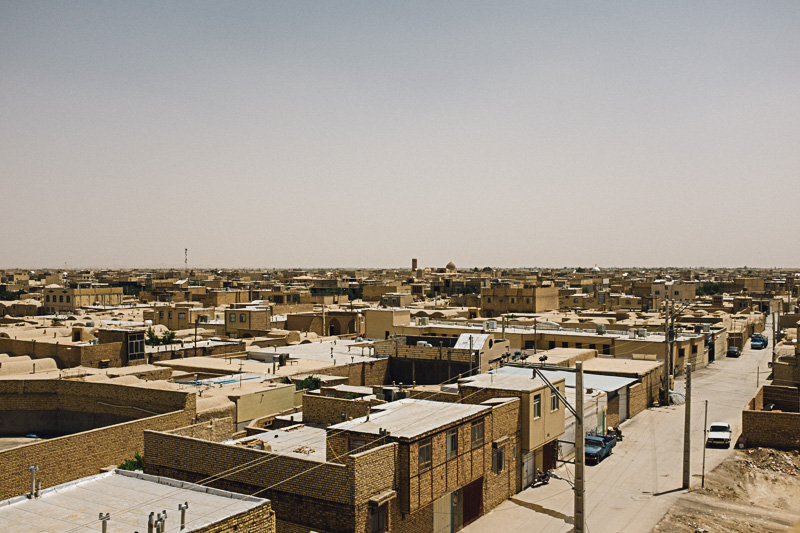VARZANEH | Pigeon Tower! Pigeon Tower! This was something that myself and my travel companions shouted repeatedly during our time in Iran but why? I’m not quite sure how it became “a thing”, but I can certainly educate you about what at pigeon tower actually is.
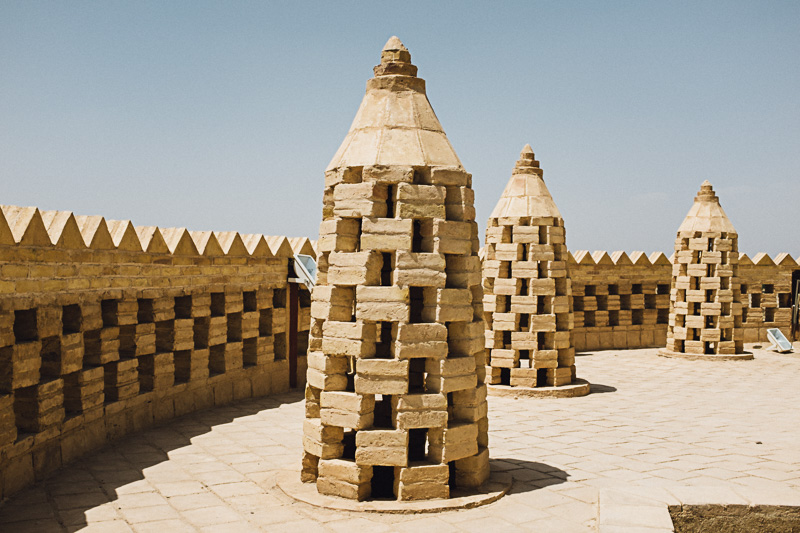
Pigeon Towers, or Dovecoats as they are more commonly known, are structures that are intended to hold pigeons. In Persian literature, dovecoats are referred to as “Kabootarkhaneh”, which translates to “house of pigeons”. They could either be dedicated free standing structures or attached to the end of a house or barn, with pigeon holes for the birds to nest. They were common throughout certain European cultures, especially during Medieval times, as a symbol of status and power. The dovecoat however, originated in Upper Egypt and Iran.
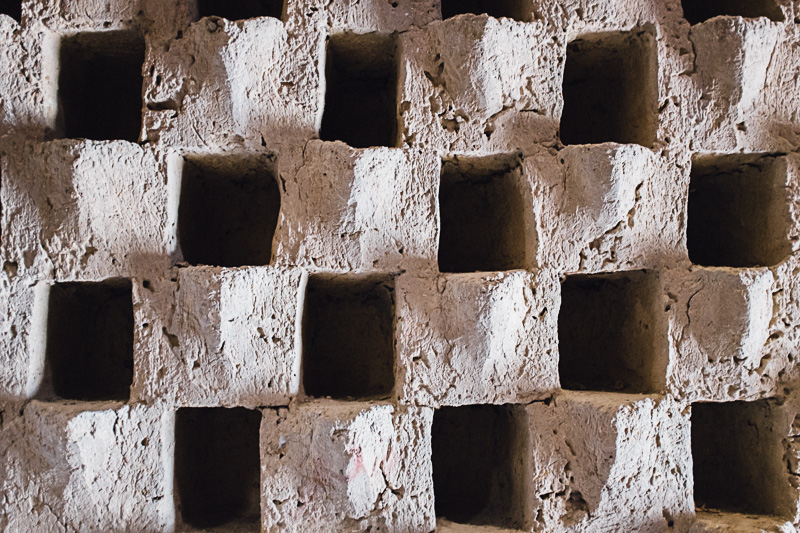
Why though, did people want pigeon towers? Pigeons were once kept for their flesh and eggs (for eating) and their dung. When food and fertiliser was needed, and pigeons were plentiful, the solution seemed like a no brainier.

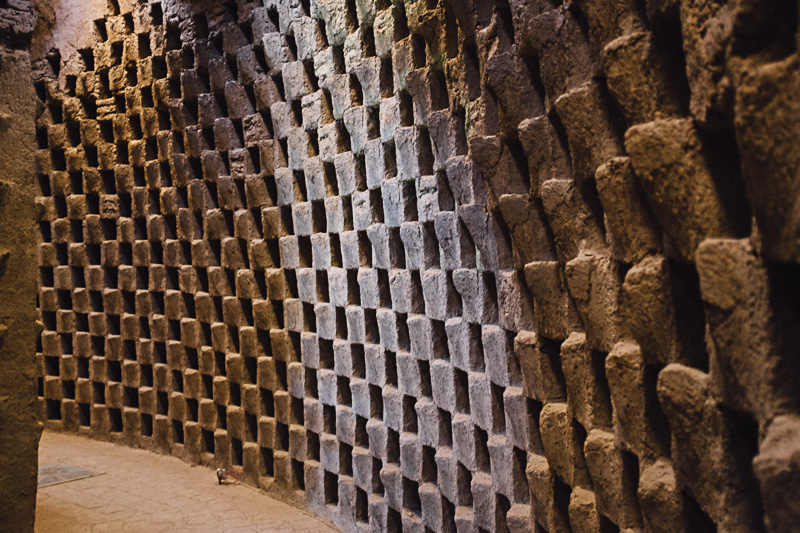
Iran’s Varzaneh is a desert city, and while not really on the way to anything as such, it’s quite accessible from Isaphan. This part of Iran is very much linked to farming, and historically the fertiliser provided by the pigeon dung was invaluable. In the immediate desert surrounding Varzaneh there are many pigeon towers, some in better condition than others. When I visited Iran, my travel companions and I had the opportunity to visit one of the best maintained pigeon towers in the area, just outside of the town.
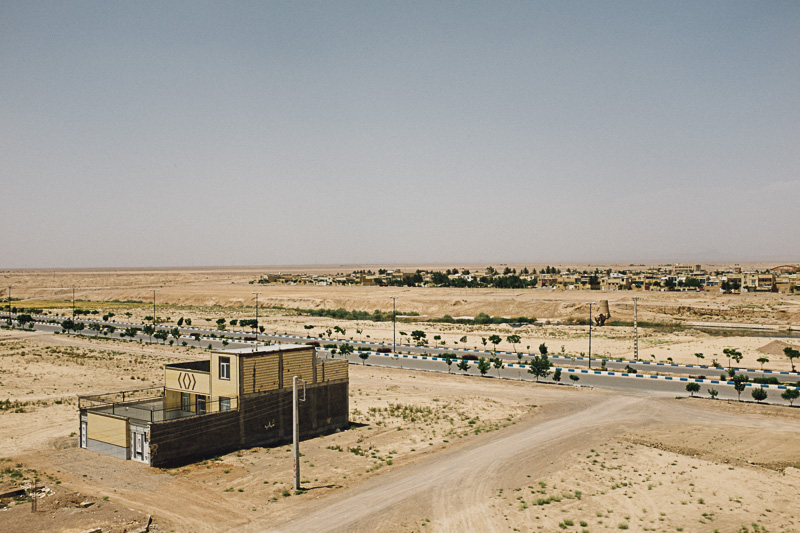
The domed peaks of the dovecoats are typical of the style in Iran.
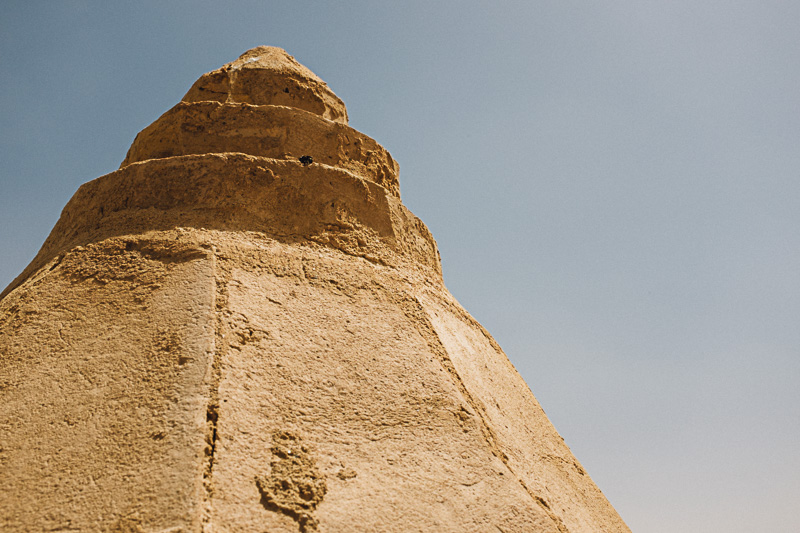
The dovecoat that we visited also doubled as an antiques shop, with a wide array of trinkets for sale. This wasn’t your typical “exit through the gift shop” type operation. It was in the middle of nowhere and there wasn’t another visitor in sight.
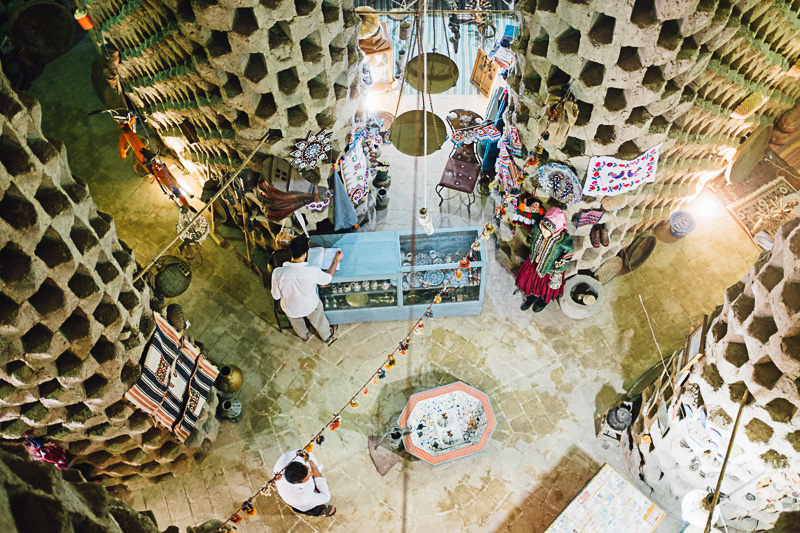
Almost everything was for sale. I did spot a fascinating poster from Iran’s Islamic Revolution that I wanted to purchase but alas it was one of the few items that was not for sale.
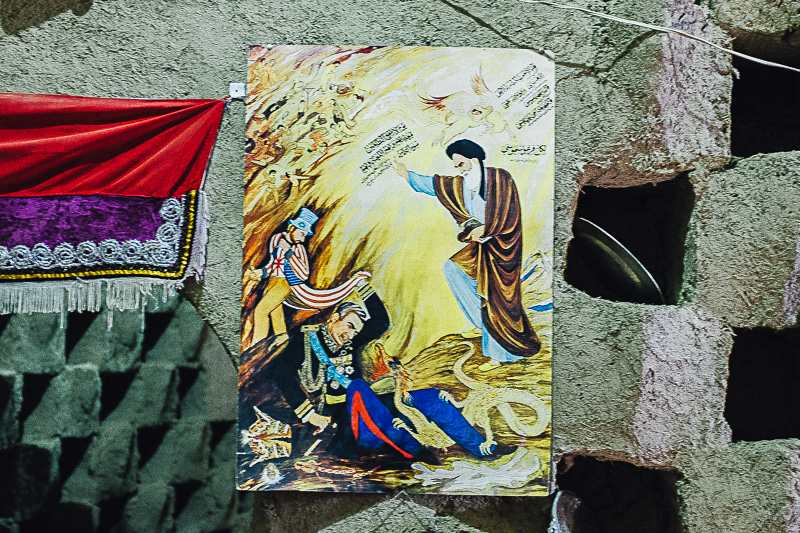
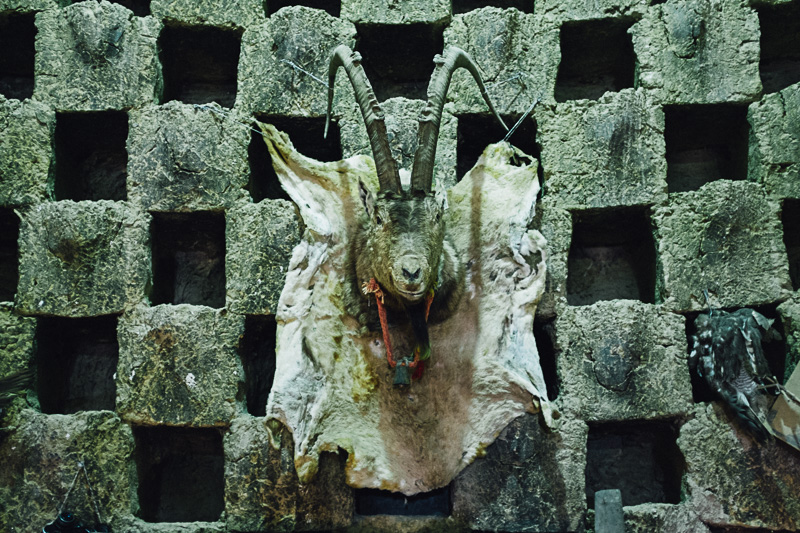
Where the pigeon holes once held thousands of pigeons, they today are either empty of full of a range of items – a useful re-purposing of a long unused space.
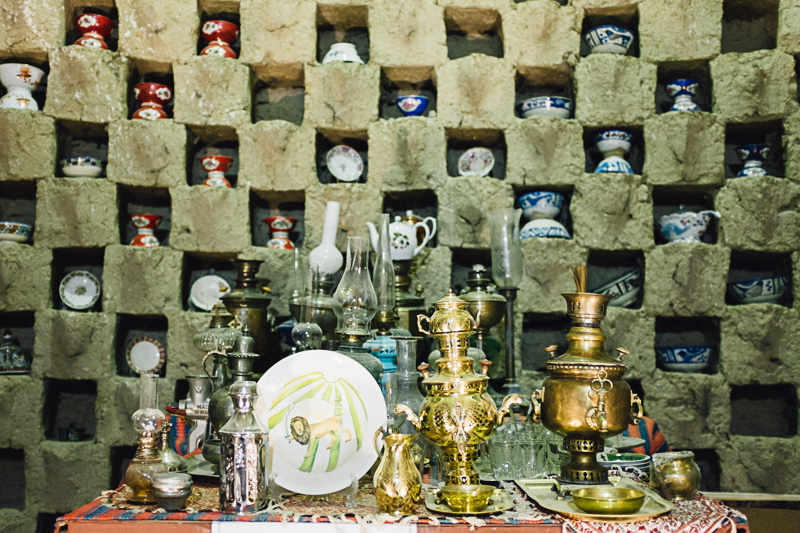
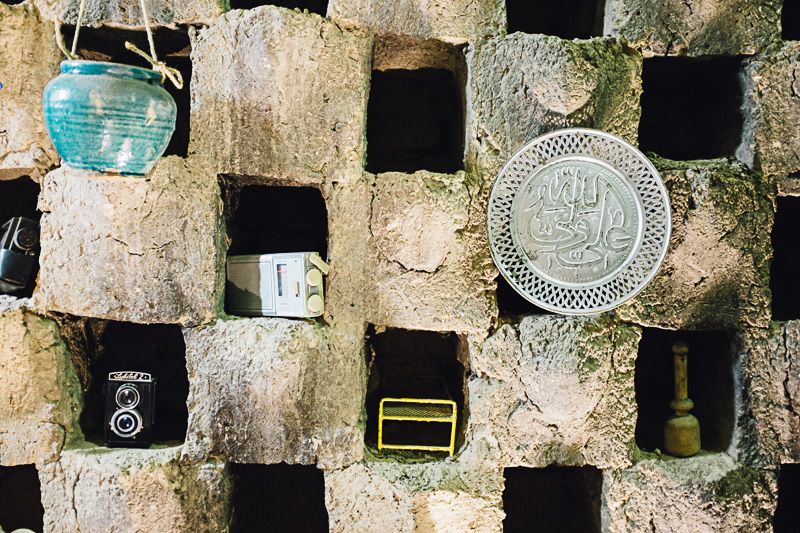
Iranian currency has gone through a few iterations over the years, and it’s not uncommon to see old currency being sold to curious shoppers, be it from a souvenir/antique shop or a street-side money changer. One of the more common forms of old money you’ll find in Iran is that which contains the face of the last King of Iran, the pre-Islamic Revolution Mohammad Reza Shah Pahlavi.
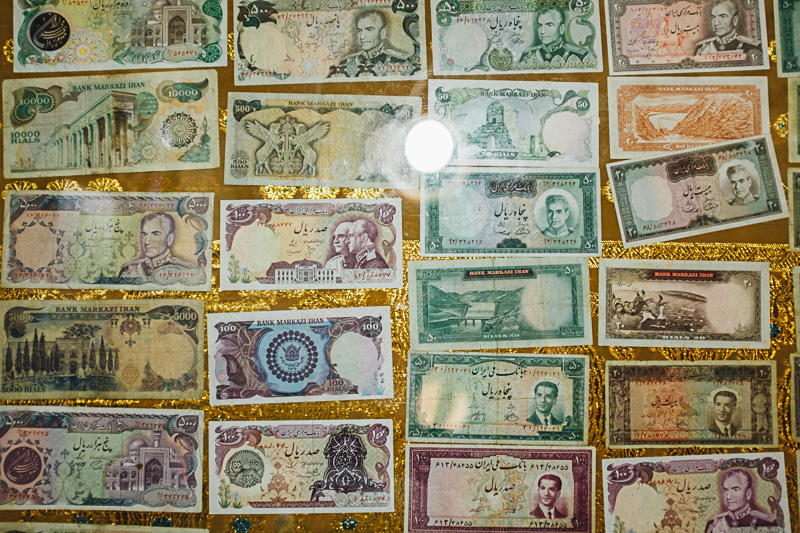
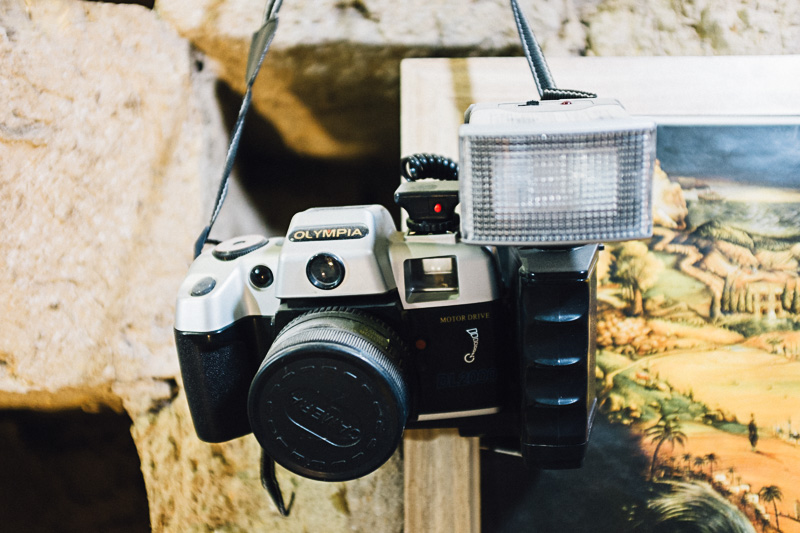
Varzaneh is not on the tourist trail in Iran. The only reason we travelled to the town was to see the famed white chador wearing women at the local mosque (you can read about it in an upcoming City Lane article). The dovecoat we stumbled across was a completely unplanned and unexpected side adventure that occurred on what was already a side adventure and is the perfect example of why travel should only ever be loosely, rather than strictly planned. You never know what you might find along the way. Pigeon Tower!
